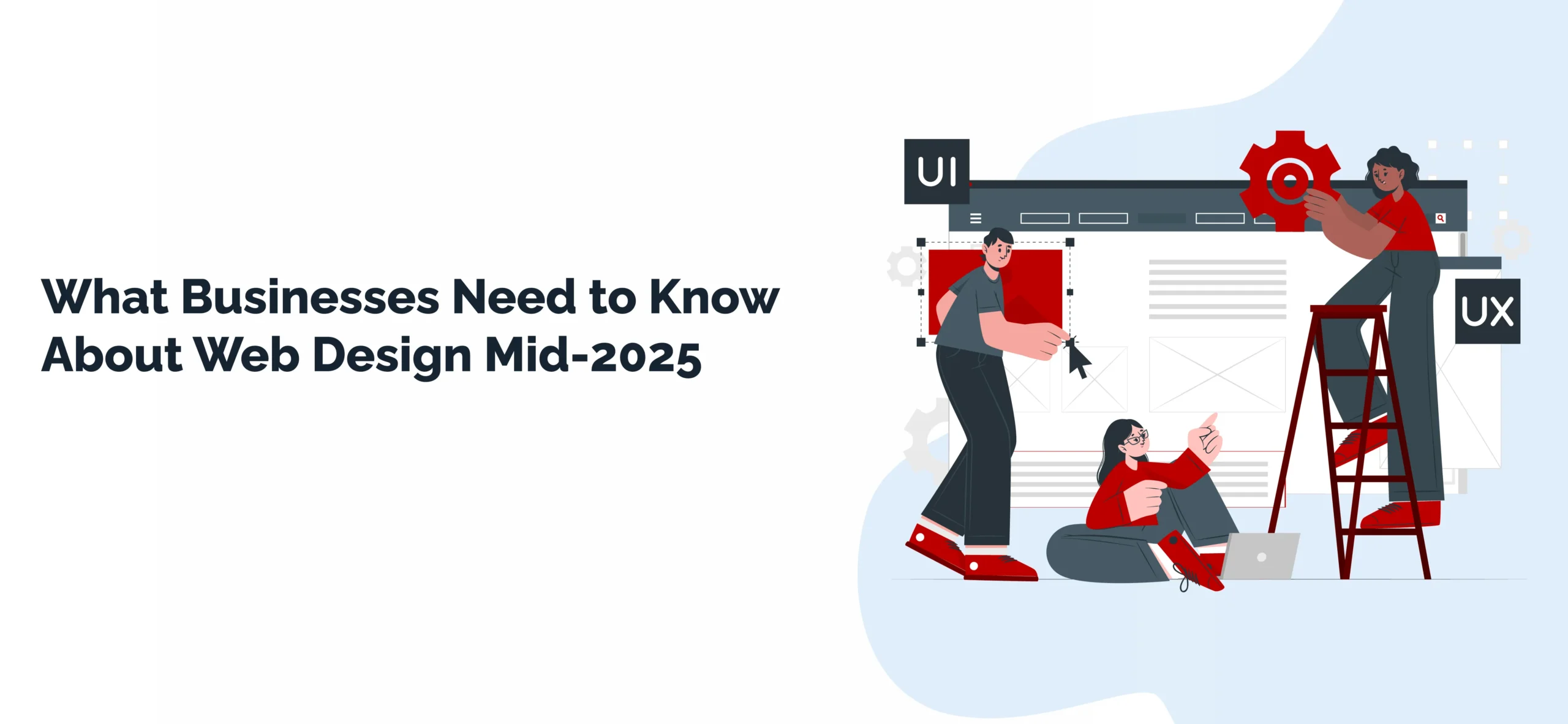Why Microinteractions and Motion Matter in UX Design
In 2025, user experience (UX) design is evolving beyond static interfaces into dynamic, interactive environments. Microinteractions and motion design have become essential tools in crafting intuitive and emotionally engaging digital experiences. These subtle animations and feedback loops guide users, reduce cognitive load, and make digital interactions feel natural and rewarding. This blog explores why microinteractions and motion matter, how to implement them effectively, current trends, and their impact on business success.
What Are Microinteractions and Motion in Web Design?
Defining Microinteractions
Microinteractions are tiny animations or design elements that respond to user actions or system changes—think of the toggle animation when switching settings or a button color shift on hover. They provide instant feedback that confirms users’ actions, subtly guiding and delighting throughout their journey.
Understanding Motion Design
Motion design involves purposeful animations and transitions that add context, direction, and emotional depth to user interfaces. It includes scrolling effects, loading animations, hover movements, and microanimations that contribute to smoother and more engaging user flows.
Why Are Microinteractions and Motion Crucial UX Trends in 2025?
Boosting User Engagement and Satisfaction
Studies show microinteractions can improve user engagement by up to 20% by providing clear feedback and making interfaces feel responsive and alive. Motion helps direct attention and create memorable experiences that foster emotional connections with brands.
Reducing Cognitive Load
Microinteractions simplify complex processes by visually signaling what actions are possible or successful, preventing confusion and frustration. Motion design can break content into digestible parts, reducing the mental effort needed to navigate sites.
Enhancing Brand Identity
Consistent and well-crafted microinteractions and motion create a cohesive brand feel. For example, Spotify’s animated player controls reinforce their playful identity, while Airbnb’s smooth button interactions highlight a friendly, user-first approach.
Top UX Trends in Microinteractions and Motion Design for 2025
1. AI-Powered Personalized Microinteractions
AI tailors interactions based on user behavior, offering personalized animations or feedback that predict needs and preferences, creating a highly intuitive experience.
2. Minimalistic & Purposeful Motion
Following the “less is more” philosophy, designers use subtle, refined animations instead of overwhelming effects. This approach enhances performance and keeps focus on content.
3. Cross-Device Consistency
Microinteractions and motion now seamlessly adapt across devices, desktop, mobile, tablets, and emerging AR/VR platforms, providing continuous, context-aware experiences.
4. Voice and Gesture-Based Microinteractions
The rise of voice assistants and gesture controls drives microinteractions that respond to non-traditional inputs, improving accessibility and hands-free navigation.
5. Emotionally Adaptive Motion Design
Emerging tech uses biometric and engagement data to adjust animations based on user stress or interest levels, creating empathetic interfaces.
6. Scrolling and Hover Animations
Dynamic scrolling effects that reveal content progressively, and hover animations that provide intuitive cues, make browsing more engaging and interactive.
How to Implement Microinteractions and Motion Effectively
Best Practices for Microinteractions
- Keep animations subtle and purposeful to avoid distraction.
- Use consistent visual language aligned with brand identity.
- Provide feedback within 0.1 to 0.3 seconds for instant confirmation.
- Balance between delight and usability prioritizes function over flair.
Motion Design Tips
- Optimize animation performance to avoid slowing websites.
- Ensure accessibility by considering motion sensitivity and giving controls to reduce animations.
- Use motion to guide users, not overwhelm them; focus on essential UI elements.
- Test across devices to ensure smooth transitions and responsiveness.
Tools and Frameworks
- Lottie for lightweight, scalable animations.
- CSS animations and transitions for simple effects.
- JavaScript libraries like GSAP for advanced sequences.
- Accessibility testing tools to check for motion sensitivity.
Case Studies: Brands Leading with Microinteractions and Motion
Netflix: Dynamic Content Previews
Netflix uses animated content previews that react to cursor movement, helping users rapidly explore options without clicking through, enhancing browsing efficiency and engagement.
Shopify: Interactive Checkout Animations
Shopify’s checkout integrates instant validation animations that reassure users by confirming input correctness in real-time, lowering cart abandonment rates.
Airbnb: Emotional Bounce Effects
Airbnb employs smooth bounce effects on buttons and toggles, creating playful, friendly interactions that align with their brand and increase emotional appeal.
Conclusion:
Microinteractions and motion design are no longer optional extras; they’re core to creating engaging, intuitive, and emotionally resonant digital experiences in 2025. Leveraging AI personalization, purposeful animations, and cross-device consistency can help brands delight users and gain a competitive advantage. By following best practices and learning from industry leaders, designers and businesses can build websites that captivate, guide, and empower users in meaningful ways.





